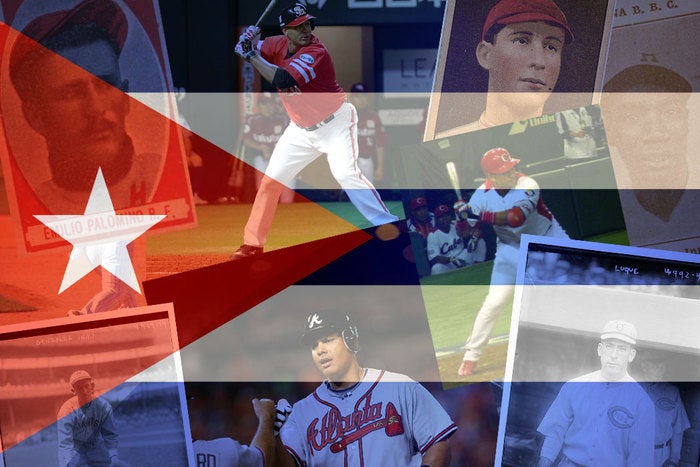In 2014, there were 19 Cuban-born players on North America major league baseball rosters, more than ever before. Five of those players were chosen to play in the All-Star Game. Yoan Moncada is poised to join them. Teams are lining up for the opportunity to sign the 19 year old Cuban infielder. He’s considered an elite talent, and he’s been declared a free agent so every team will have a shot at signing him. His contract is expected to be the largest to date for a Cuban-born player. It should not be surprising that Cuban players are succeeding at the highest level of the American “national pastime.” The Cuban National team has been a juggernaut internationally for years. Since Baseball became an official Olympic sport in 1992, Cuba has earned three gold and two silver medals. So they can play, but what else is afoot? Plenty, argues historian Louis Perez, Jr. in the Journal of American History. He sees baseball as a cultural force in the late nineteenth century that drew Cuban eyes away from Spain and toward North America, “Cubans received baseball as a medium of North American culture…a way to mediate the Cuban encounter with the north, a way to grow familiar with North American ways and participate in those ways.”
En masse, Perez argues, Cubans rejected Bullfighting, associated with Spain, and embraced Baseball, associated with the United States. Baseball became an expression of colonial discontent: unifying, galvanizing, subversive. Baseball, says Perez, “was both symbol and surrogate for opposition at a time that such symbols were scarce.”
More than simply a game, “Baseball had become identified with the cause of Cuba Libre, fully integrated into the mystic and metaphysics of national liberation.”







